Affiliate Disclosure: We earn a commission if you purchase through one of our links at no additional cost to you.
I recently bought a Nikon F/1.4G lens and decided to take it out for a test run. Here are a few things I learned along the way.
If you're in the market for a high-quality portrait lens, the Nikon AF-S FX NIKKOR 85mm f/1.4G should be on your list. Part of Nikon's Holy Trinity of Prime Lenses, this lens is beloved by professional and amateur photographers for its ability to create beautiful bokeh. Whether you're shooting indoors or out, the AF-S NIKKOR 85mm f/1.4G will help you capture stunning portraits that your subjects will treasure for a lifetime.
With a maximum aperture of f/1.4, this lens provides ample light gathering capabilities, making it ideal for low-light photography. The fast aperture also easily isolates your subject from the background, resulting in photos with beautiful foreground details and softly blurred backgrounds. And thanks to Nikon's Silent Wave Motor technology, autofocusing is fast, quiet, and precise - perfect for capturing those precious moments.
With its stunning image quality and fast autofocusing performance, it's sure to become one of your favorite lenses.
Why I Bought the Nikon 85mm f/1.4g Lens
I’ve always thought that purchasing new glass is a cause for celebration. That’s particularly true when you drop more than a thousand dollars on any purchase. You have a sense of excitement about the new object and a sense of “Crap, I hope this was worth it!”
Fortunately, I didn’t suffer much of the latter concern because I’ve rented this lens before. It’s one that I’ve wanted for a long time and circumstances finally came around to convince me it was the right time to buy.
I believe the only reason to spend a lot of money on new gear is if it solves a problem for you. Then you can measure the value of that problem compared to the amount of money you have to pay to resolve it. That seems to help me avoid a lot of buyer’s remorse because I know what I want before I pull the trigger to buy it.
So why did I want the Nikon 85mm f/1.4G lens? After all, I already have the focal length covered with my 70-200mm lens. My decision boiled down to a few factors.
My friend Kevin Graham and I visited Epcot to try out our new lenses, as he also recently obtained a new Canon 85mm f/1.8 lens.
Shooting in the Dark
Disney is famous for a number of “dark rides”, so I started off using this on one of the darkest rides there – Spaceship Earth. I’ve tried shooting there with my f/2.8 lenses in the past and have a lot of blurry shots as a result. I wanted to see if opening up to f/1.4 would give me enough light to shoot some of these scenes while sitting in a moving chair.
My verdict is that it did very well! I royally screwed up and forgot that my camera was set to 5-stop auto-exposure bracketing. I ended up coming with blurry shots because it added +1 & +2 EV to a few of those frames and created a longer shutter speed.
My mistake. When I look at the shots in the _1 and 0 EV range, it did a fine job shooting at ISO 6400 and F/1.4. In fact, it made this scene look like it was under a shining light when it’s a very dim view to the human eye.
Bokeh for the Sake of Bokeh
Some people post shots on Flickr that are purposely out of focus to show the bokeh of their lens. No other subject than the bokeh effect upon some lights. I hate these shots with a passion, so I naturally had to try it a few times. My friend Michelle Hedstrom said she would cry if I ever posted one of these, so get your Kleenex, Michelle.
Epcot has some tiles on the sidewalk with tiny blinking lights. It’s great for kids to stomp around on them, though I’m not sure that has any effect on when they go on or off. In any case, I stood over a few of them, turned off my auto-focus and purposely twisted my lens out of focus and this is what I got.
People go apeshit over these bokeh balls in photos. I think they can be a nice background element, but I don’t see it as a subject by itself.
A couple of factors identify the shape of these bokeh balls, but it seems to mostly come down to the number of blades in your aperture and the shape of those blades. Less expensive lenses have fewer blades and the ends aren’t rounded, so they end up with harsh corners on light bokeh.
The Nikon 85mm f/1.4G has nine rounded blades, creating the rounded bokeh balls here.
The nice part of having this bokeh is that it adds a nice creative background effect for your subjects. For example, string up some Christmas lights behind your subject and you can easily create a nice background.
There’s more to bokeh than creating balls of light, though. It lets you effectively diminish a distracting background – to a point. It helps if that background has a predominant color that blends together. As you’ll see in the next photo, it won’t eliminate every distraction.
Shallow Depth of Field
Here’s the idea. You want your subject in focus while everything else falls away into a creamy, defocused background. Why? Because sharpness attracts the eye. It helps make your subject pop out of your photo compared to an image where everything is in focus. It’s a way of reducing distractions.
Take a look.
The Nikon 85mm f/1.4G has a solid reputation as a portrait lens, so I looked for opportunities to try that while strolling around at Epcot. Mary Poppins here does a fine job of standing out from her background. It’s defocused and has nice soft bokeh balls. So what’s wrong?
How about that damn tourist behind her on the right side of the image? Bokeh and shallow depth of field won’t eliminate your need to watch your backgrounds. I moved her over a couple of steps from a water fountain that I thought would be distracting to this spot so I could use the trees and sunlight as a background.
However, that tourist in the background – blurry or not – is still a recognizable distraction. Don’t expect the lens to blow away everything.
As I noted in yesterday’s post on focal length magnification, the shallow depth of field is extremely slim on a full-frame camera.
What You Need to Beware About the Nikon 85mm f/1.4G
Overall, I’m quite pleased with this lens. It’s fast, it’s sharp, it really makes my subjects pop. What could be wrong with it? These aren’t necessarily mistakes with the lens, but you need to consider a few things when using it at f/1.4.
First, don’t try doing too much shooting at f/1.4 in full sunlight. I had my camera set at ISO 200 (the base for my D700) and the meter was giving me highlight warnings because my shutter speed couldn’t go any faster than 1/8000th of a second. If you’re going to stop down a lens, there’s no need to pay for a wide aperture like f/1.4.
Next, the minimum focus distance was longer than I imagined. I tried to get close to some small objects and fill the frame, but I couldn’t focus on them unless I was 4-5 feet away. That meant those objects were relatively small in my composition. If you want to shoot small items with a shallow depth of field, get a dedicated macro lens. This ain’t it.
Finally, be aware of how it changes your compositions. I bought this for bokeh and shallow depth of field, but not every photo needs those elements. These aspects of the Nikon 85mm f/1.4G can lure you into wielding a hammer and making everything look like a nail.
It’s great when you need it, but sometimes you must remember that it can negatively affect your image. I want this lens for the features I mentioned, but I don’t want to force those features on every subject.
Looking for reviews of Zoom Lenses?
Nikon Zoom Lens Reviews (Updated)

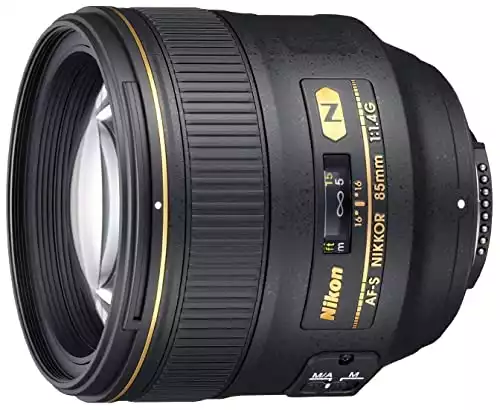

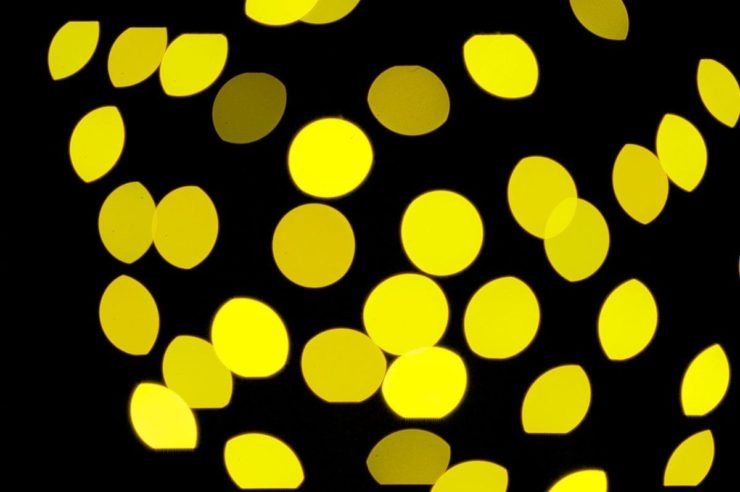
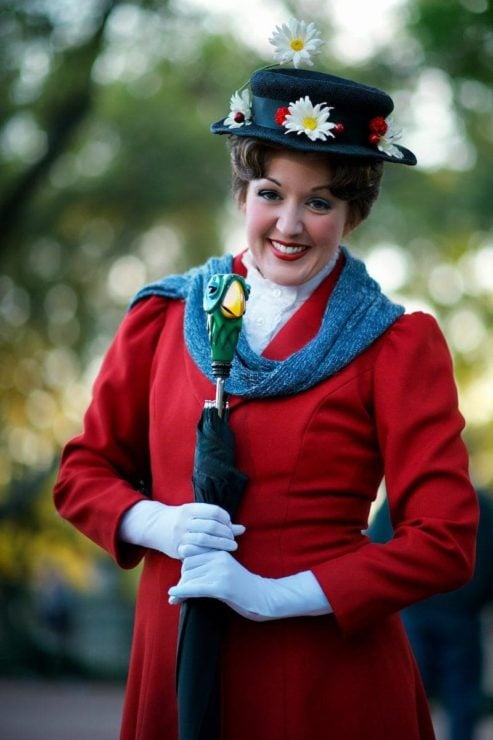
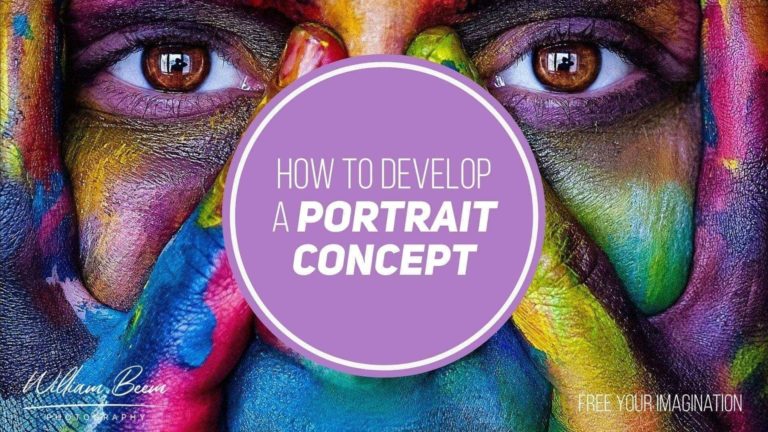
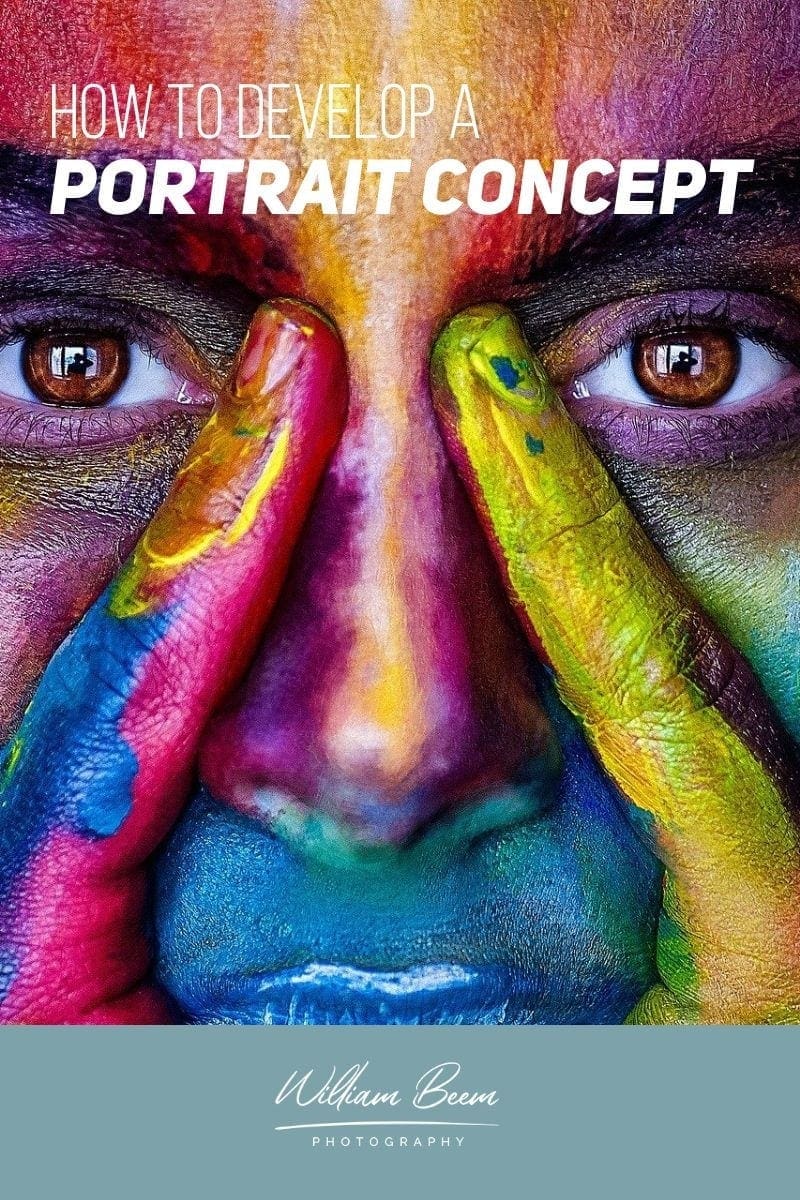
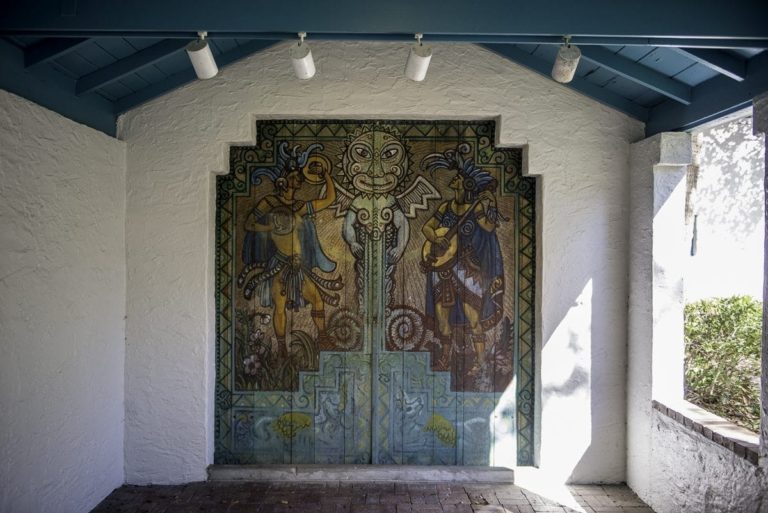
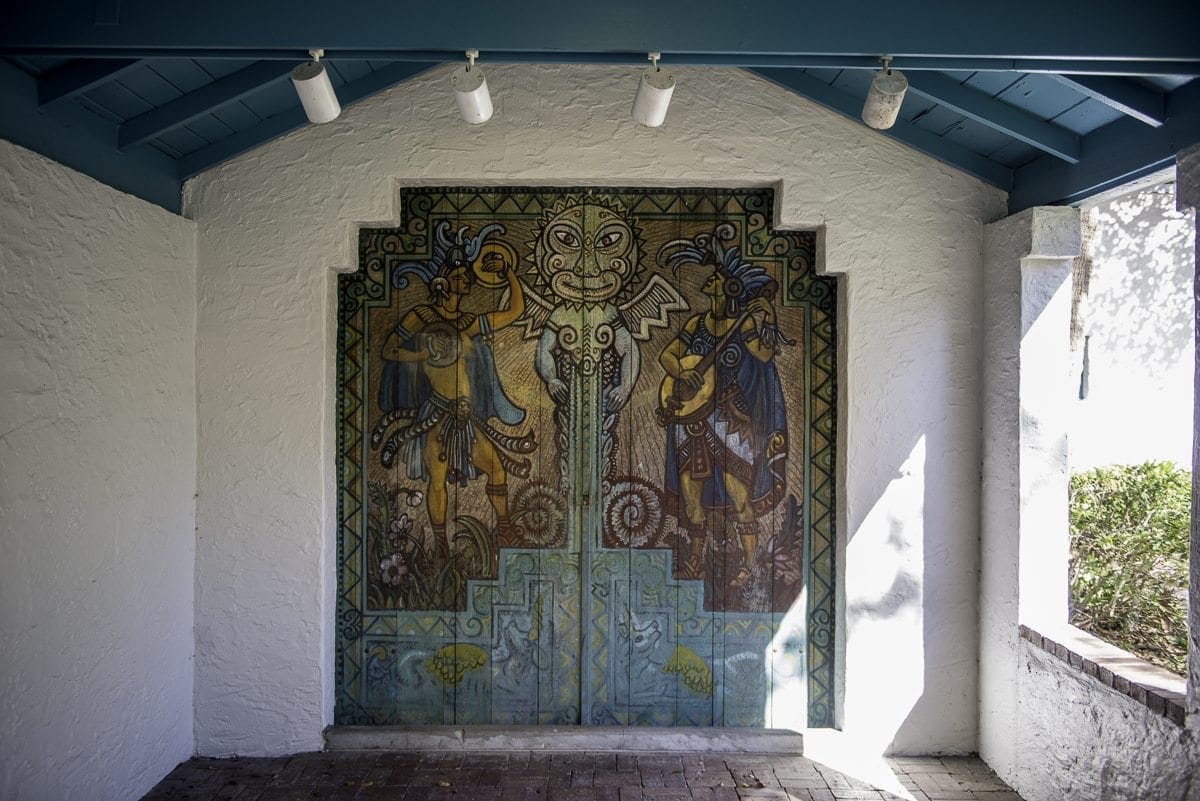
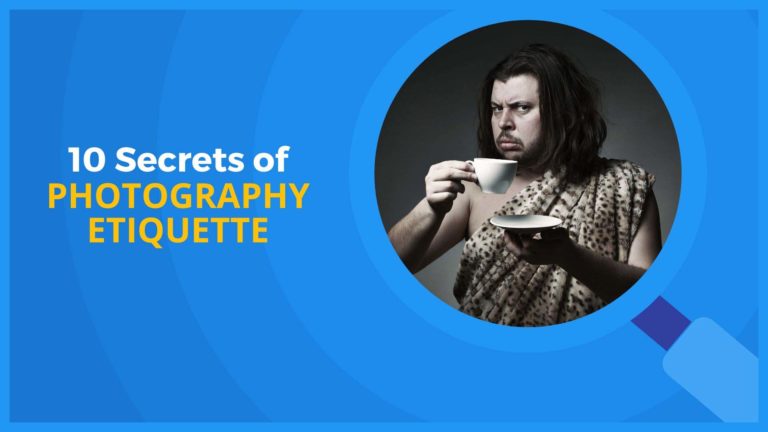
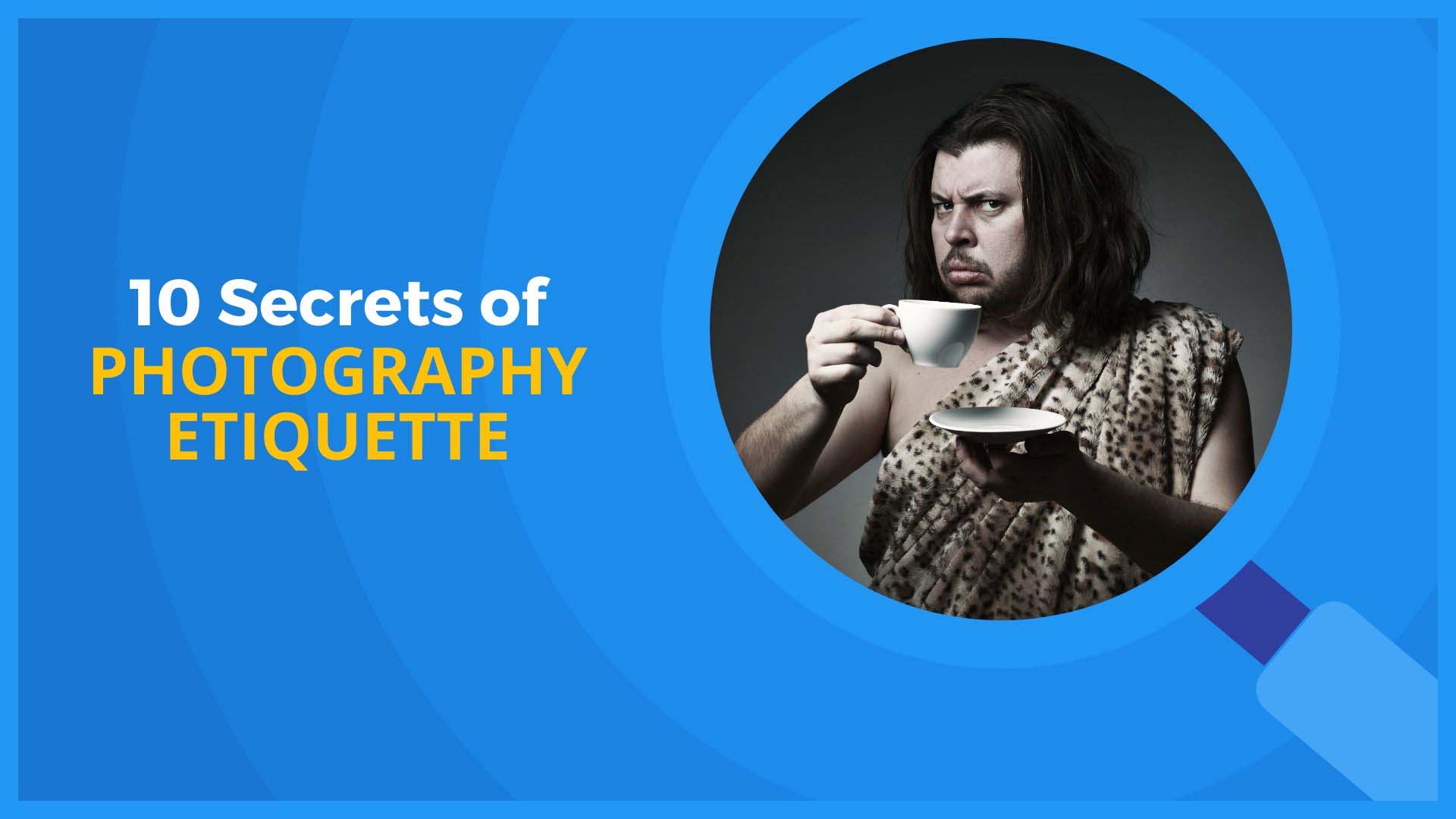
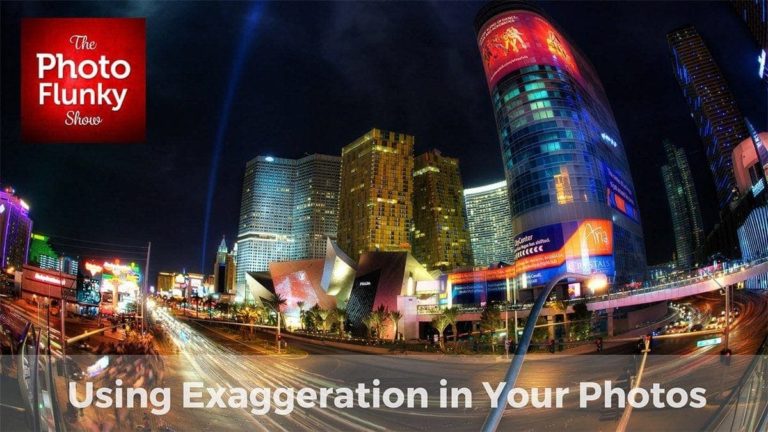
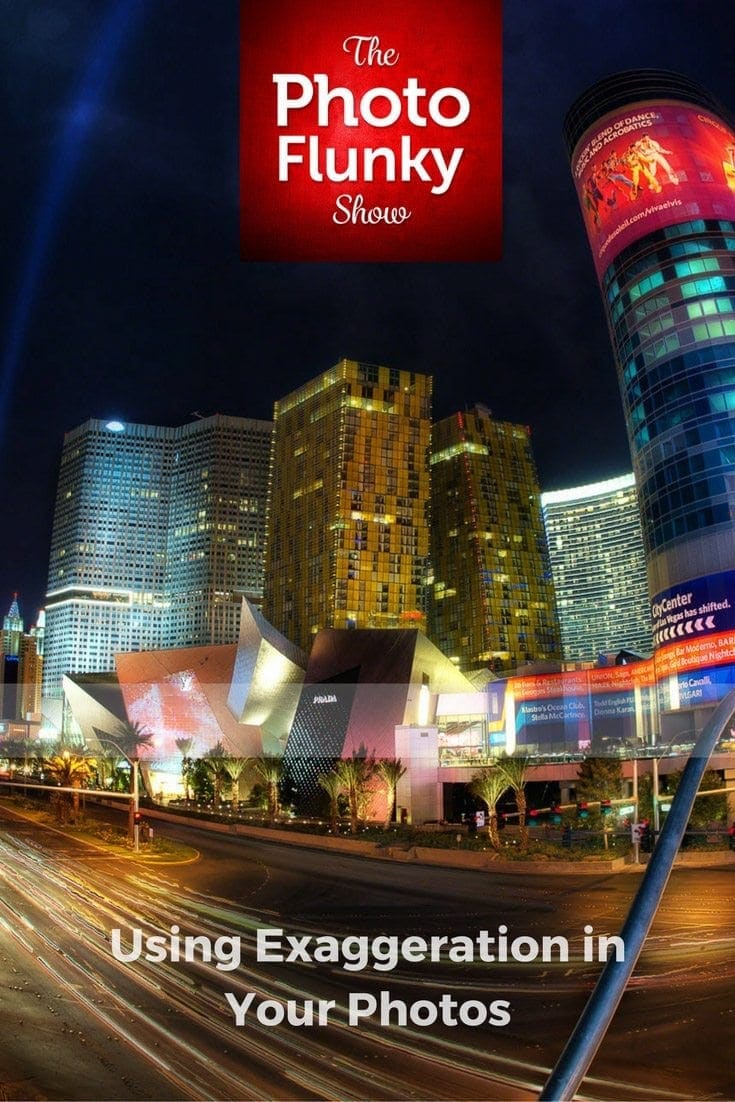
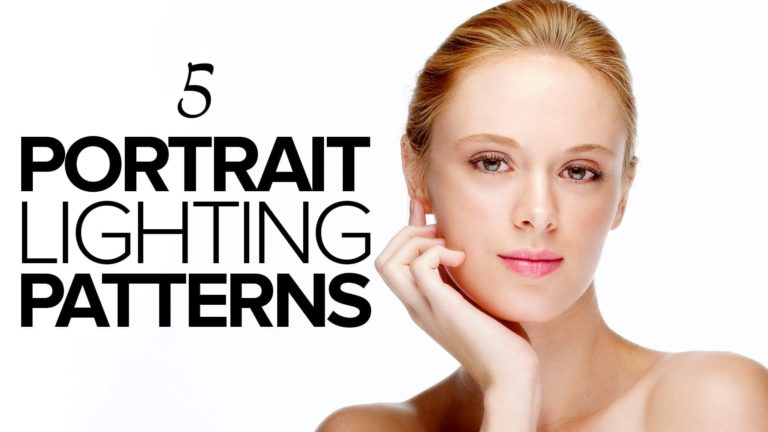
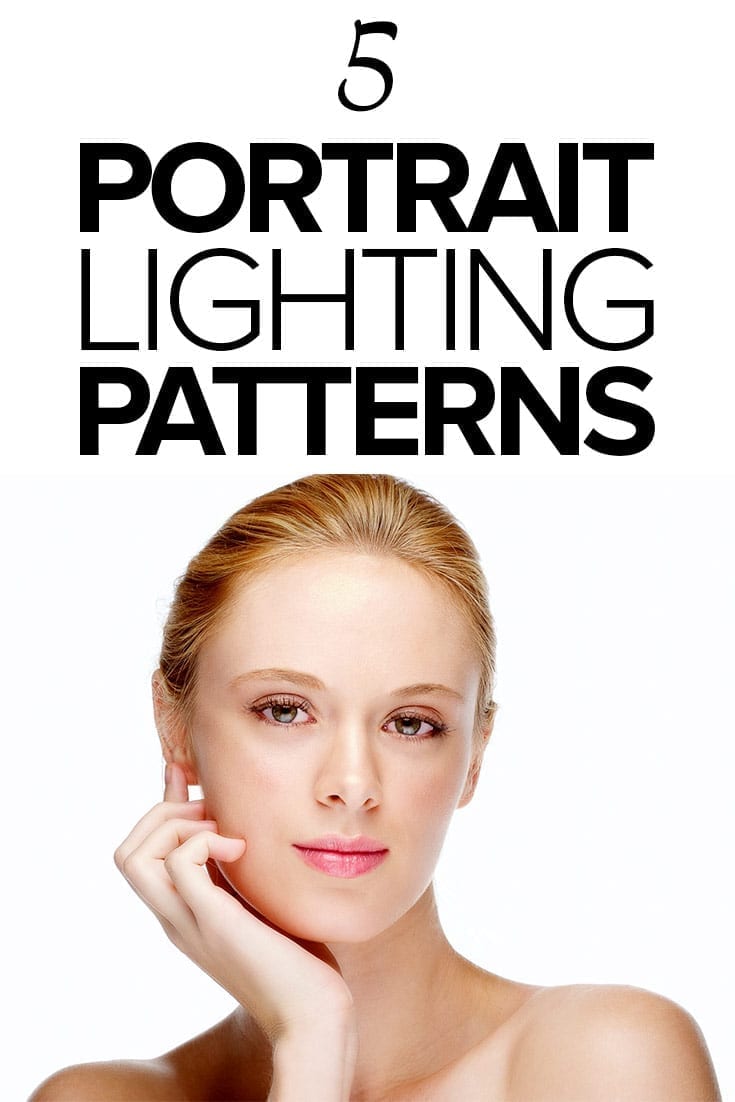
Best…bokeh…..ever!!!
Damn right! At least until I get that Nikon 200mm F/2.